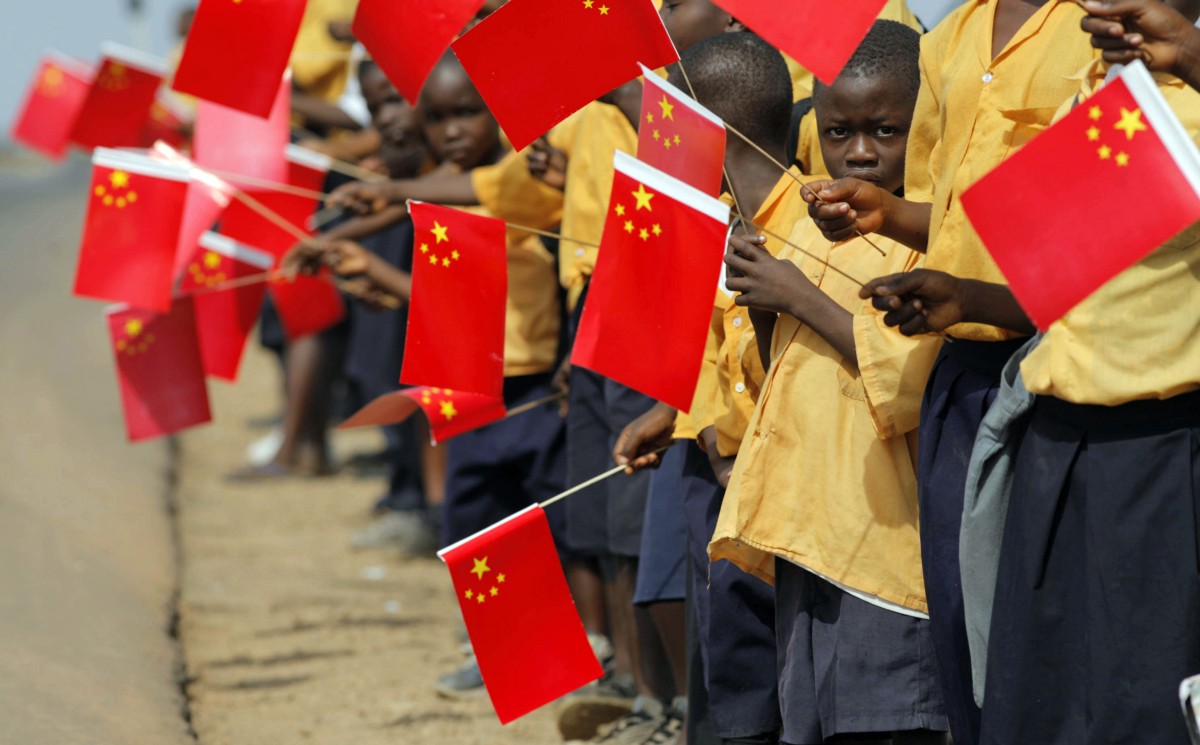
China is Coming For Your Land: Farmland
 Fri, 23 Sep 2022
| Reading Time: 6 minutes
Fri, 23 Sep 2022
| Reading Time: 6 minutes

Drought has plunged water levels to the lowest in China in decades. The temperatures have also soared to record levels, and hydropower plants failed to meet the sharp rise in power demand. However, this is just a glimpse of the worst things to come. Floods, droughts, and record-breaking temperatures would have a catastrophic effect on the Chinese food supply. The autumn harvest, which supplies 75% of China’s grain, will be devastated.
The Ukraine war that has caused global shortages of sugar, cooking oil, wheat, and just about everything has further increased the anxiety of the Chinese leadership. So, what are the Chinese up to? How are they planning to provide food security to the Chinese population? What adverse effects would this have on the other nations, especially the small and vulnerable African and Asian countries?
The Reality Is Staring At Chinese Leadership
China has 22 percent of the world’s population with just 7 percent of the arable land. 27 percent of China is covered in desert. The desert has crept up to within 44 miles from Beijing. The Gobi Desert crawls south at a pace of 2 miles per year. All of China could be a big desert in times to come. If indications are to be believed, then China is heading for a severe food shortage and, eventually, a major famine.
In the past 70 years, China’s average ground temperatures have risen much sharper than the global average. Since 1951, the rise has been 0.26 degrees per decade compared to the worldwide average of 0.15 degrees. There is no sign of abatement, and as per Chinese officials, the temperatures will remain significantly higher in the foreseeable future.
In the last decade, China undertook rapid urbanization. The mindless industrial growth displaced agricultural workers and encroached onto farmland. Rapid urban growth also significantly polluted the country’s arable land and water resources. Excessive use of pesticides and fertilizers further contributed to its extreme water and soil pollution. Raising hogs is also an environmentally dangerous practice. Hog farms emit toxic chemicals making land all around barren. By 2018, 60 percent of groundwater was polluted, and 15.5 percent of groundwater was unsuitable for use. Over 20 percent of agricultural land, or about 65 million acres, had contaminated soil.
The Chinese had set an urbanization red line at a minimum of 296.5 million acres of arable land. Though they claim that the redline has not been crossed; however, in the last decade, the Chinese arable land shrank by six percent. The local governments, in their zeal to please central leadership, pushed farm workers to urban centers. The Chinese population in urban areas swelled from 37.09 percent in 2001 to 64.72 percent in 2021, putting extreme pressure on the ageing rural population.
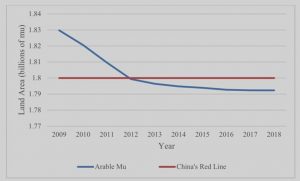
Courtesy: US-China Economic and Security Review Commission
The 20th National Congress of the Chinese Communist Party (CCP) is approaching. Chinese President Xi Jinping continues to live in “Disney Land.” He harps about relying on domestic production, which experts say is impossible to achieve. His desperation is further seen in the repeated call for “Operation Clean Plate,” indicating enduring fear of food shortages.
Dependency
Now, these fears are not unfounded. China gobbles up over 60 percent of the global soybean exports. China’s domestic production of soybean is mere 15 percent. Pork is the staple meat in China. The Chinese pork industry also requires an extraordinary amount of grain imports to feed hog herds. In 2019, China imported just 5 mmt of corn from the United States to feed hogs. The numbers jumped six times to 30 mmt by 2021. The impact of the import dependency is seen in the variation in the pork price. In 2018 the per pound price of pork was $1.5; however, by 2020, it had skyrocketed to $3.5 per pound.
The Parallel Game
While Xi Jinping’s public show of reliance on domestic production continues, the government machinery, collaborating with State-Owned Enterprises (SOEs), is gobbling up farmland across the world through mergers and acquisitions (M&A) to satiate the Chinese appetite.
COFCO Group is a Chinese state food processing giant. Since 2014, it has acquired several multinational grain corporations and, along with that, huge parcels of land. The company owns a large number of ports, terminals, and storage facilities in core grain-producing countries across the world. Today COFCO has an annual overseas operation scale of over 100 million tons. It is the largest exporter of grain and oil from Argentina and soybeans from Brazil. It is one of the top exporters from the Black Sea region.
Following are the major Chinese acquisitions:
- COFCO:
- Chilean winery Bisquertt Vineyard before 2014
- French wine producer Chateau de Viaud before 2014
- 80% stake in Australian Tully Sugar in 2014
- Grain trading division of UK’s Criddle & Co. 2015-16
- United Shipping Agency in Romania in 2016
- Dutch grain trader Nidera in 2016
- Considerable investments (over 3 million hectares of land) in war-torn Ukraine’s food processing industry
- Shuanghui International Holdings bought the American meat producer Smithfield Foods
- ChemChina purchased Swiss agrochemical company Syngenta
Other noteworthy Chinese regional state-owned enterprises that went on buying sprees abroad since the late 90s are Chongqing Grain Group, Heilongjiang Beidahuang Nongken Group Corporation, and Xinjiang Production and Construction Corps. As per Deborah Brautigam, writer of the book “Will Africa Feed China?”, these companies had mixed results of success and failure due to their ad hoc methods.
The Chinese Strategic Investments
An unknown angle of the Belt and Road Initiative (BRI) is the acquisition of farmland. China treats these acquisitions as strategic investments. There are 64 primary active or inactive participants in BRI; however, the Chinese entities have majorly invested in 48 countries (93.89%), and they have acquired farmland only in 10 countries. Four countries, Bahrain, Thailand, Turkmenistan, and Uzbekistan, prohibit investment in arable land. The Chinese SOEs invest in countries with high irrigation rates and low levels of development.
As per China’s Ministry of Agriculture, 1300 Chinese companies had invested over $26 billion in agricultural land by 2016. The numbers must be much higher today. Between 2008 to 2016, China’s investment in arable land in BRI countries rose sharply, from 473,800 hectares to 1,300,900 hectares. In this period, Russia received the highest annual increment in farmland investment, 255,000 hectares, followed by Tajikistan (158,300 hectares) and Cambodia (131,100 hectares).
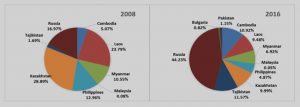
Chinese Land Holding In Various Countries
China hasn’t spared the all-powerful United States. The Chinese ownership of arable land in the U.S. zoomed from 13,720 acres in 2010 to 352,140 acres in 2020. The most controversial acquisition was 370 acres of farmland in Grand Fork in 2021 by the Chinese Fufeng Group. Fufeng Group has ties to the Chinese government and the Peoples Liberation Army (PLA). The Agri park they acquired is located about 12 miles from the Grand Forks Air Force Base, which houses some of the top intelligence, surveillance, and reconnaissance capabilities of the U.S. Air Force. Under the guise of an Agri park, the acquisition seems to be of dual use in nature. Off late, the United States has started taking notice of these threats. In September 2022, California’s legislature passed a bill banning foreign entities from buying agricultural land.
Today China holds farmland and commodity investment in various countries. Some of the examples are:
- Indonesia – Palm Oil
- Italy – Olive Oil
- Russia – Rapeseed and Sunflower Seed Oil
- South America & Europe – Soybeans
- New Zealand – Dairy
- Australia – Beef
- United States – Pork and Alfalfa
- Ukraine – Corn
- Vietnam – Cassava
- Jamaica – Sugar
- Cambodia – Sugar
The Indian Perspective
From the preceding, it is amply clear that China is on a farmland-buying spree to meet its present and future food requirements. Xi Jinping’s annual call that China would improve the Chinese farmland by 25 percent will remain an unfulfilled dream. An unfulfilled dream makes China a desperate and dangerous nation.
The United Progressive Alliance (UPA) government, during their tenure, had rolled out the red carpet for Chinese agri investments. During the UPA tenure, the Chinese investors visited Uttar Pradesh, Gujarat, Maharashtra, Tamil Nadu, etc., to acquire farmland. Haryana had gone all out to woo Chinese companies to buy farmland in their state. They had offered them thousands of acres of land for the purpose. Before deals could fructify, the UPA government went out of power.
After the initial bonhomie with China, the present National Democratic Alliance (NDA) government got a rude shock in 2017 when China announced a long-term plan for China-Pakistan Economic Corridor (CPEC), part of which passes through Pakistan Occupied Kashmir (POK). India boycotted the May 2017 BRI meet in China and escaped the associated land grab. Despite this fact, China continues to list India as a BRI participant.
India is a strong player in the world food chain. As per the World Bank, 52.3 percent of Indian land is arable, placing it in the 5th spot in the world. The total available cropland in India is 169,463,000 hectares, putting it in the number one position. These numbers make India a mouth-watering proposition for China.
While India struggles to meet the energy requirements, China has energy and food security challenges. It is incumbent upon the Indian authorities to learn from the Chinese mistakes rather than make their own. They also need to learn from the Chinese good practices that make China produce three times the Indian output with much lesser arable land at their disposal.
In the coming years, the worst affected would be the small and vulnerable nations in Africa and Asia with arable land and corrupt leaders. As China’s arable land shrinks, Chinese SOEs would export food grain homewards, creating a famine-like situation in those countries. Armed conflicts are also not ruled out. This would be the dawn of a new kind of colonization. These nations have to safeguard their land from China. Whether you like it or not, China is coming for your farmland.
***************
References:
- uscc.gov/sites/default/files/2022-05/Chinas_Interests_in_U.S._Agriculture.pdf
- ers.usda.gov/webdocs/publications/88572/eib-192.pdf
- mdpi.com/2071-1050/12/1/97/htm
- asia.nikkei.com/Spotlight/The-Big-Story/Farming-out-China-s-overseas-food-security-quest
- Will Africa Feed China? by Deborah Brautigam
Reference for image – china in africa – Bing images
**************************
Disclaimer
The opinions expressed in this article are the author’s own and do not reflect the views of Chanakya Forum. All information provided in this article including timeliness, completeness, accuracy, suitability or validity of information referenced therein, is the sole responsibility of the author. www.chanakyaforum.com does not assume any responsibility for the same.
Chanakya Forum is now on . Click here to join our channel (@ChanakyaForum) and stay updated with the latest headlines and articles.
Important
We work round the clock to bring you the finest articles and updates from around the world. There is a team that works tirelessly to ensure that you have a seamless reading experience. But all this costs money. Please support us so that we keep doing what we do best. Happy Reading
Support Us






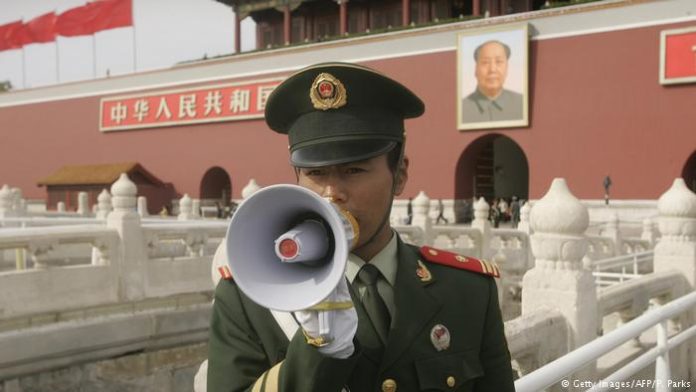


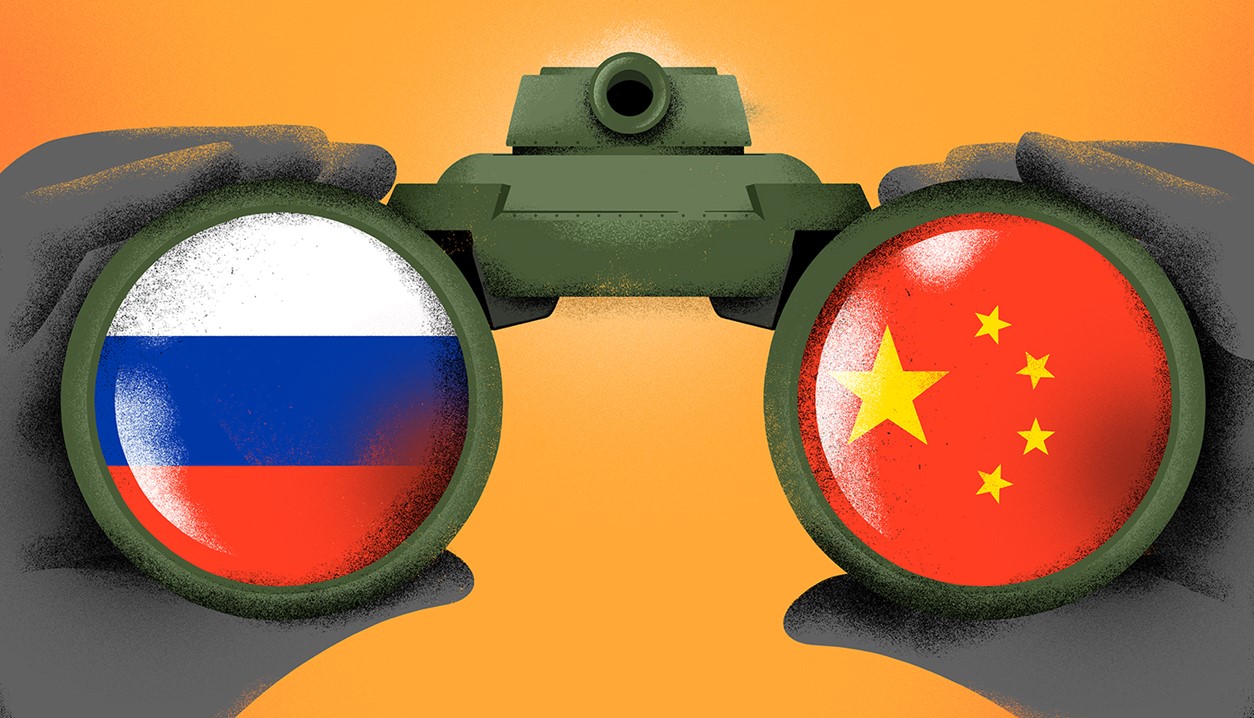

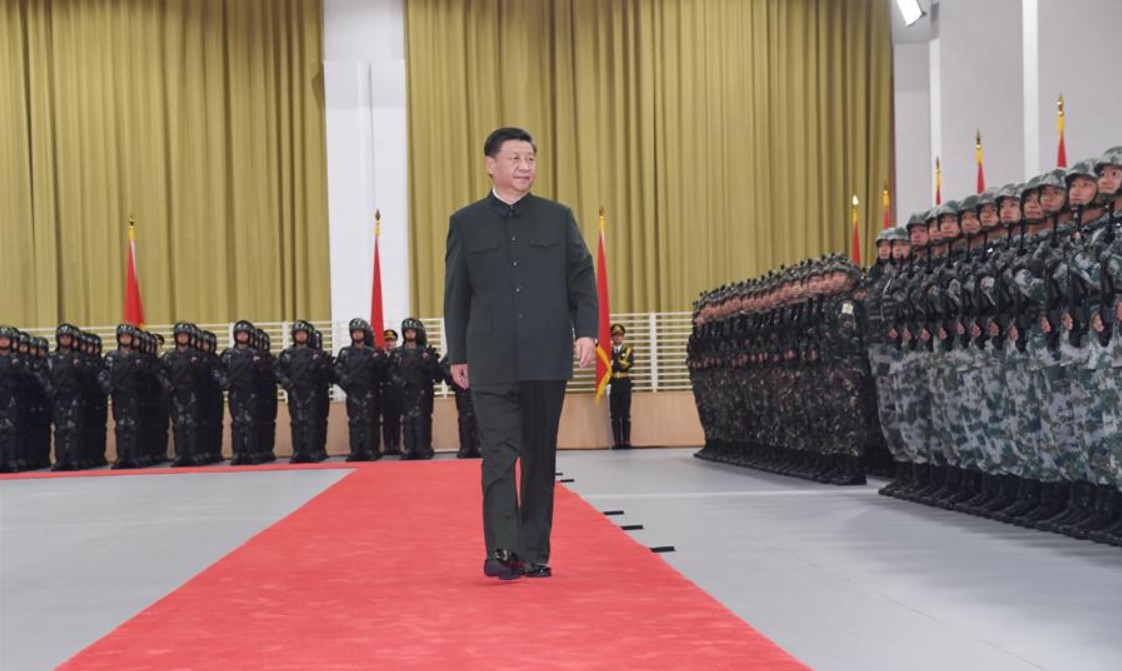









POST COMMENTS (28)
Deovrat Pagay
Atul Dewan
Ashish Popli
Cdr Arvind Mathur, Retd.
Umesh Shandilya
Rakesh P
Shaurya Shandilya
Raman Gupta
B Raja
GP Singh
K.M.Paul
Kuldeep
Thiagarajan Narayanan
Captain PK Misra
Wendell Bruges
Atulya Dayal
Shalini K Dhingra
Romina
Shaily rawat
Anand Malik
Ramachandran Madathil
AMIT KHOSLA
Mayank
Cdr Narendra Kulkarni
Narinder Pal Singh Hora
Dharam Rathore
Anupam
Gp Capt KK Reddy (Retd)